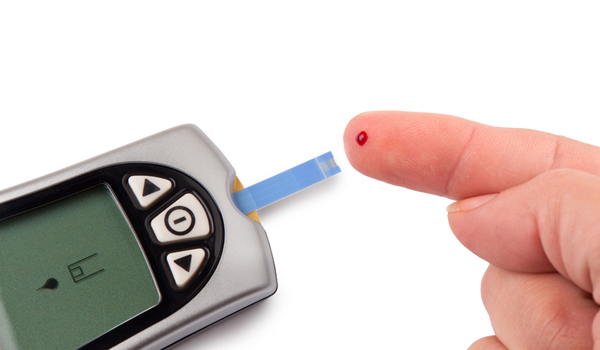US Diabetes Rate May Be Leveling Off

The rate of diabetes among all U.S. adults may be reaching a plateau, but the rates continue to increase for Hispanics and African-Americans, a new study finds.
The researchers looked at medical data from 665,000 adults ages 20 to 79, between 1980 and 2012, to examine the trends in the rates of Type 1 and Type 2 diabetes during this time period.
The results, which were adjusted for people's ages, showed that the diabetes rate was stable in the 1980s, but then increased sharply each year thereafter. In 1990, 3.5 percent of U.S. adults had diabetes, and the rate rose to 7.9 percent by 2008. [Infographic: Diabetes & Obesity in America]
However, since 2008, the rate of diabetes has seemed to stabilize again; in 2012, the rate was 8.3 percent, the researchers found. Similarly, the yearly percentage of people being newly diagnosed with diabetes hasn't markedly changed since 2008.
The findings "suggest a potential slowing in the diabetes epidemic," study authors Linda Geiss, of the Centers for Disease Control and Prevention, and her colleagues wrote in their study published today (Sept. 23) in the journal JAMA.
Still, diabetes rates have doubled since 1990, and the condition remains a public health concern, the researchers said.
Moreover, not all groups of people experienced the plateauing trend. Looking at racial groups, the researchers found the rates of diabetes have continued to increase among black and Hispanic adults. These groups are generally more likely to develop diabetes compared to whites, previous studies have shown. The new results also showed that the rates continued to increase among people whose highest educational level was high school or less, according to the study.
Get the world’s most fascinating discoveries delivered straight to your inbox.
More than 29 million people in the United States now have Type 2 diabetes, and another 86 million have prediabetes, a condition of abnormally high blood sugar levels that could progress into diabetes, according to a CDC report using 2012 data. That year, 1.7 million people were newly diagnosed with diabetes, according to the CDC.
The growing rate of diabetes in the past two decades has been linked to a variety of factors, including aging population, increased obesity rates and people having a more sedentary lifestyle — all of which are risk factors for Type 2 diabetes.
But it is difficult to determine the reasons behind the new change in the trend, the researchers said. It is possible that this slowdown in the increase in diabetes is related to a slowing in the rate of obesity, they said. Recent studies have suggested that the rates of obesity in the United States, too, may have been leveling off since 2004.
Email Bahar Gholipour. Follow Live Science @livescience, Facebook & Google+. Originally published on Live Science.



